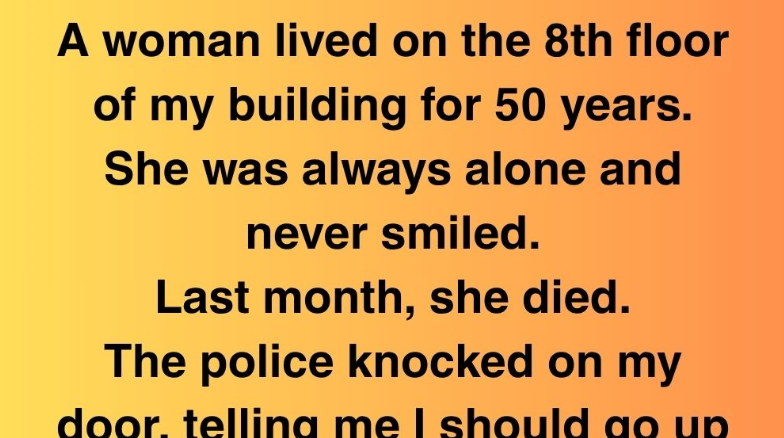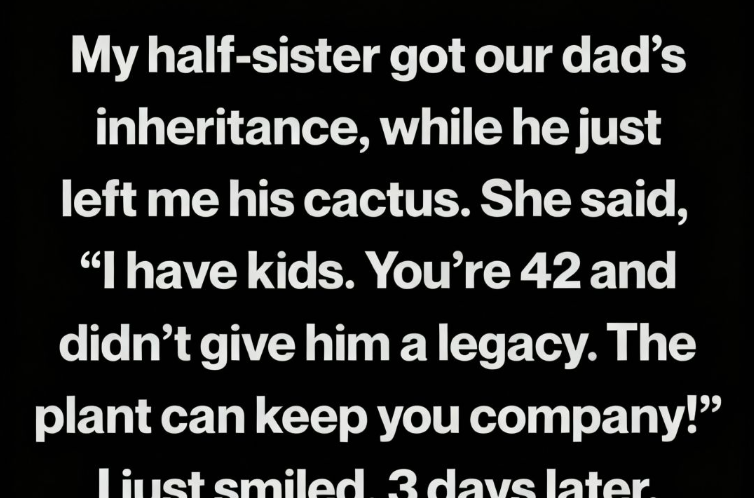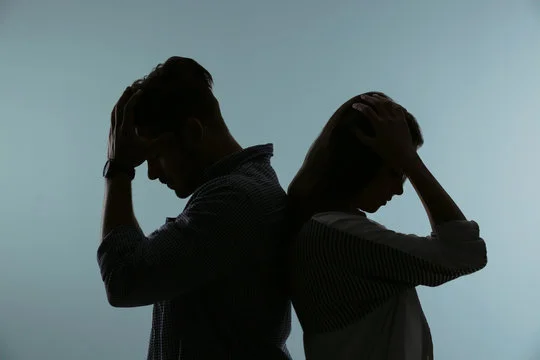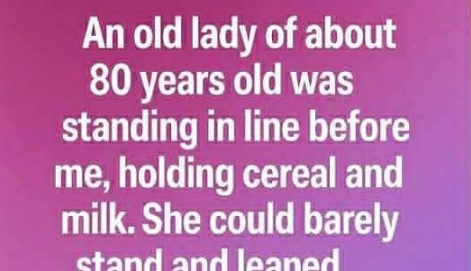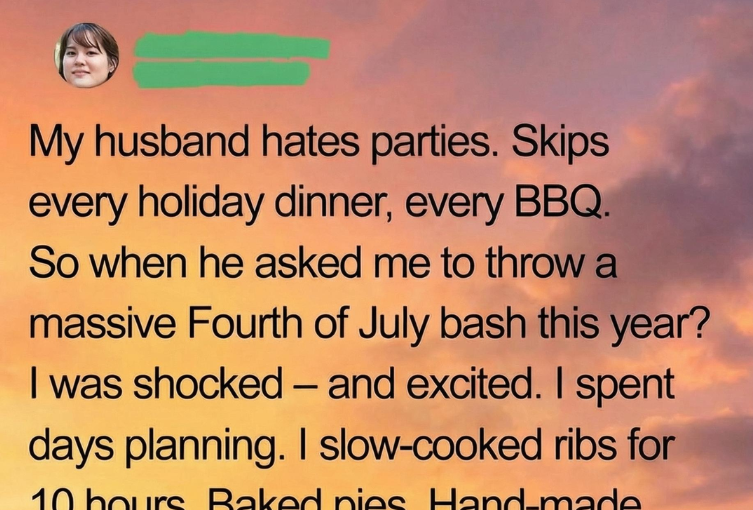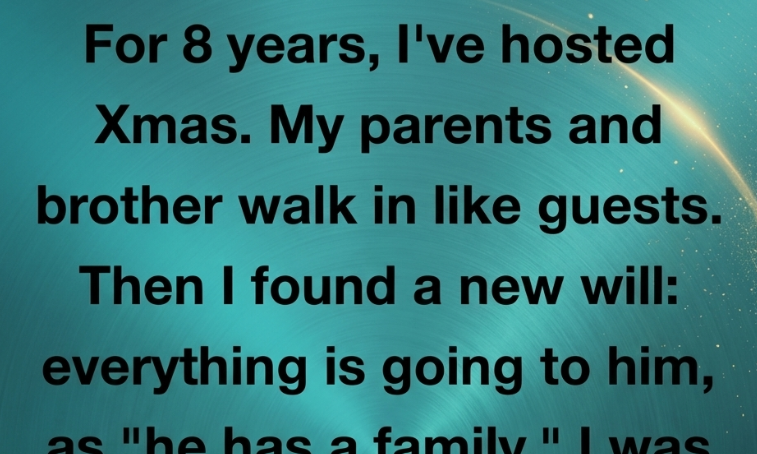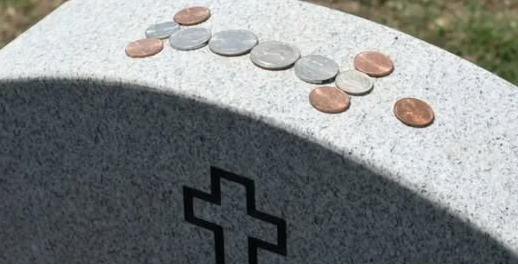A woman named Amala Natarajan resided on the 8th floor of my apartment building for five decades. She lived in solitude and rarely showed a smile.
A month ago, she passed away.
Officers came to my door, asking me to accompany them to her apartment.
As I stepped inside, a shiver ran through me: my childhood art portfolio was arranged across her living room floor.
It was the sort of collection you create in middle school—colorful construction paper collages, wobbly watercolor paintings of animals, self-portraits with lopsided features. I believed those pieces had been discarded when my family relocated from our old apartment a decade earlier. Yet, there they were. Every single page. Carefully placed on the carpet, as if she had been examining them closely.
Detective Wahid turned to me. “You’re Samuel Yeo, correct?”
I gave a slow nod.
“She left you a letter,” he said, passing me a soft blue envelope.
Inside, I found a note written in elegant, curling handwriting, the kind you’d see on handwritten recipe cards or labeled cookie jars.
Dear Samuel, You may not know me, but I’ve known you for many years. I owe you more than I ever expressed. You once lifted my spirits in a way you didn’t realize. I’ve left something for you. Please care for it. And when you seek peace, know that kindness reverberates. —Amala N.
I read the letter five times over. My hands grew cold. I scanned the room, searching for clues to our connection.
I had no memory of ever talking to her.
She had lived in that corner apartment for years, hidden behind heavy beige curtains, seldom opening her door, even for deliveries. Occasionally, I’d see her moving quietly down the hall to check her mail, dressed in a long sweater, her white hair coiled into a bun. Our interactions never went beyond a courteous nod.
Yet somehow, she had my drawings from when I was eleven.
The police allowed me to linger as they finished their work. I wandered her apartment, dazed. Every surface gleamed, spotless. Her shelves held tidy stacks of books—classic novels, journals, history texts. But the back bedroom stopped me in my tracks.
It resembled a private gallery. The walls were adorned with framed drawings—mine.
Not only the school projects but others I didn’t recall creating. A sketch of my father pushing me on a swing. A small pencil drawing of a cat I’d had for one summer. A somber scribble from the day my mother lost her job—just dark, chaotic lines.
Each one was framed. Dated. Signed in my clumsy childhood handwriting: Sam Y.
She had preserved them all.
I sat on the edge of her bed, overwhelmed.
How had she gotten these?
And why had she kept them?
The answers unfolded gradually over the following weeks, like a tapestry revealing its pattern.
Her lawyer contacted me, explaining that Amala had bequeathed me her apartment in her will.
I nearly dropped the phone.
“Is this correct?” I asked.
“No error,” he assured me. “Ms. Amala Natarajan named you specifically. She had no living relatives.”
My rent-controlled one-bedroom was already a financial strain. This was a fully paid-off unit, free of any mortgage. Still reeling, I listened as the lawyer added, “She also left you a key to a storage unit. You might find more answers there.”
The next day, I visited the storage unit.
Inside were three large boxes labeled “SY-2007,” “SY-2009,” and “SY-Misc.” They contained fragments of my childhood—school assignments, birthday cards I’d made for my parents, photos of me at the playground, even report cards.
Items no stranger should have possessed.
I drove to my parents’ home in Queens.
My mother’s face paled as she looked at the photos. “Where did these come from?”
“You tell me,” I replied. “Did you know her? Amala Natarajan?”
She sat down heavily. My father, standing in the doorway, looked puzzled.
Then she spoke.
“She was our neighbor years ago. In the same building. Before we moved.”
I nodded. “I remember. She kept to herself.”
Mom pressed a hand to her forehead. “Do you recall that summer when you used to slide drawings under her door?”
I blinked, drawing a blank.
“No.”
“You were eleven,” she said. “It was a tough year. Your father and I were arguing constantly. I’d lost my job. You hardly talked to anyone. But you began leaving her your sketches. Every week. Sometimes with little notes about your day, wishing her well.”
The memory didn’t surface.
“But why?” I asked.
“You said she seemed sad. You thought your pictures might cheer her up.”
She took my hand. “You stopped after a while. But she didn’t. I saw her once, leaving a small envelope at our door. She’d drawn a little cat on it. You were asleep.”
“So she responded?”
“She tried. But I think she was hesitant. Afraid of connecting too deeply.”
That night, I sat in the apartment she’d left me, piecing together the story.
A solitary woman, quiet for decades. A reserved boy leaving drawings. Two isolated souls, separated by time and walls, unknowingly supporting each other.
I began researching her life.
Through building rumors, old newspaper articles, and a blog by a retired social worker, I learned Amala had been a beloved primary school art teacher. Vibrant and cherished by her students. Then, in her mid-40s, her husband died in a car accident. She had no children or siblings. Something in her broke.
She left teaching, moved to the city, and became a shadow in her own building.
Until a boy started slipping drawings under her door.
One evening, I found the cat envelope tucked behind a shelf in her living room. Inside was a watercolor of a sunrise. On the back, it read: Thank you for the sunshine, Sam.
I broke down in tears.
I renovated the apartment but preserved the back bedroom as a studio, hanging my new paintings beside the ones she’d kept.
It rekindled something in me.
I’d abandoned painting in college, pursuing practical jobs over passion. But Amala’s quiet care revived a part of me I thought was lost.
Six months later, I held a small exhibit at a local community center, titled “Echoes of Kindness.” Half the artwork was mine; the other half came from children in a nearby after-school program.
I shared Amala’s story—anonymously, with care. Attendees were moved. They donated generously, and we raised enough to fund an art scholarship for kids in the building.
Then came an unexpected moment.
A woman approached me after the exhibit. She was a retired art therapist and Amala’s former student. She recognized Amala’s style in the sunrise painting.
“I thought she was gone,” she said. “She was my favorite teacher. She helped me through a dark time.”
We embraced. She offered to volunteer at the art program, saying it felt like “completing a cycle.”
And perhaps that’s what this was.
A quiet woman who retreated from the world. A solitary boy drawing cats and clouds. Two lives that touched briefly, sustaining each other.
I never got to thank her in person. But I believe she knew.
Here’s what I’ve realized: small gestures matter. Even those you think vanish unnoticed.
A drawing slipped under a door. A smile to a passerby. A note that says “you’re seen.”
They linger.
They resonate.
If this story moved you, share it. Someone out there might need a bit of light today. ❤️
